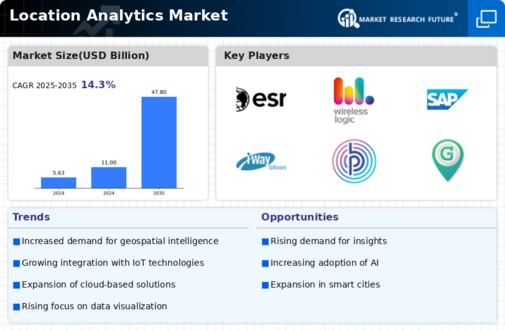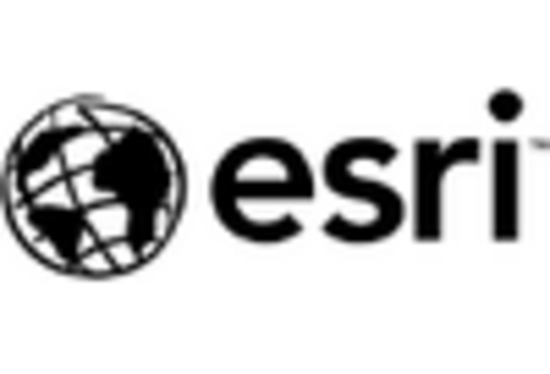Market Analysis
In-depth Analysis of Location Analytics Market Industry Landscape
Location Analytics mechanics has been shaped by a combination of technological advancements and an emerging understanding of the importance that location-based knowledge delivers to organizations. One of the major forces is the development of cell phones and services that are location based. The amount of the location information releases to the world rise together with the number of cell phones containing GPS technology. This influx of information has become a vital tool for organizations when they are trying to understand consumer behavior, improve processes and make informed decisions that are spatially based.
The use of location analytics within business intelligence frameworks has been an essential driving factor for market growth. The businesses from different fields such as retail, operations, and medical care are using location analytics to get detailed insights into customer patterns, production network efficiency and patient outcomes. The possibility to visualize information on maps and/or decipher geographical examples stimulates associations to discover hidden relations, and takes a path that otherwise would have been almost impossible.
Moreover, the dawn of Web of Things (IoT) technologies have also fueled the demand for location analytics solutions. The devices equipped with sensors and GPS provide very big amounts of spatial information. Location analytics offers the opportunity to organizations to leverage this information for timely maintenance, tracking resources and ensuring efficient allocation of assets. Collaboration of IoT and location analytics creates more chances to improve and advance a lot of business areas.
The Location Analytics market elements are also affected by the growth of streaming analytics. These days organizations are less interested in learning and try to find immediate answers to quickly respond to the emerging conditions. Location analytics, through its ability to present uninterrupted spatially-based experiences, is beginning to be a basic requirement for real-time way finding. In such activities as transportation, and system activities, course improvement and traffic analysis are the most important things for efficient production.
Security and protection considerations have emerged among top variables shaping the elements in the location analytics marketplace. With the inception of geospatial data mining and analysis, the focus has shifted towards ensuring responsible and ethical use of such information. Maintaining some equilibrium between discarding important knowledge bits and ensuring the protection of individual is a crucial element for the establishment of trust and consistence with guidelines.

















Leave a Comment